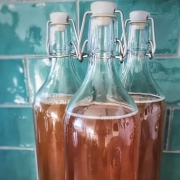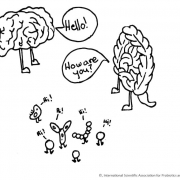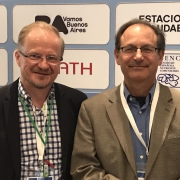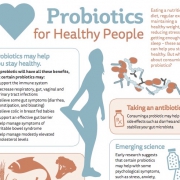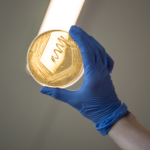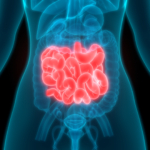Episode 31: Microbial species and strains: What’s in a name?
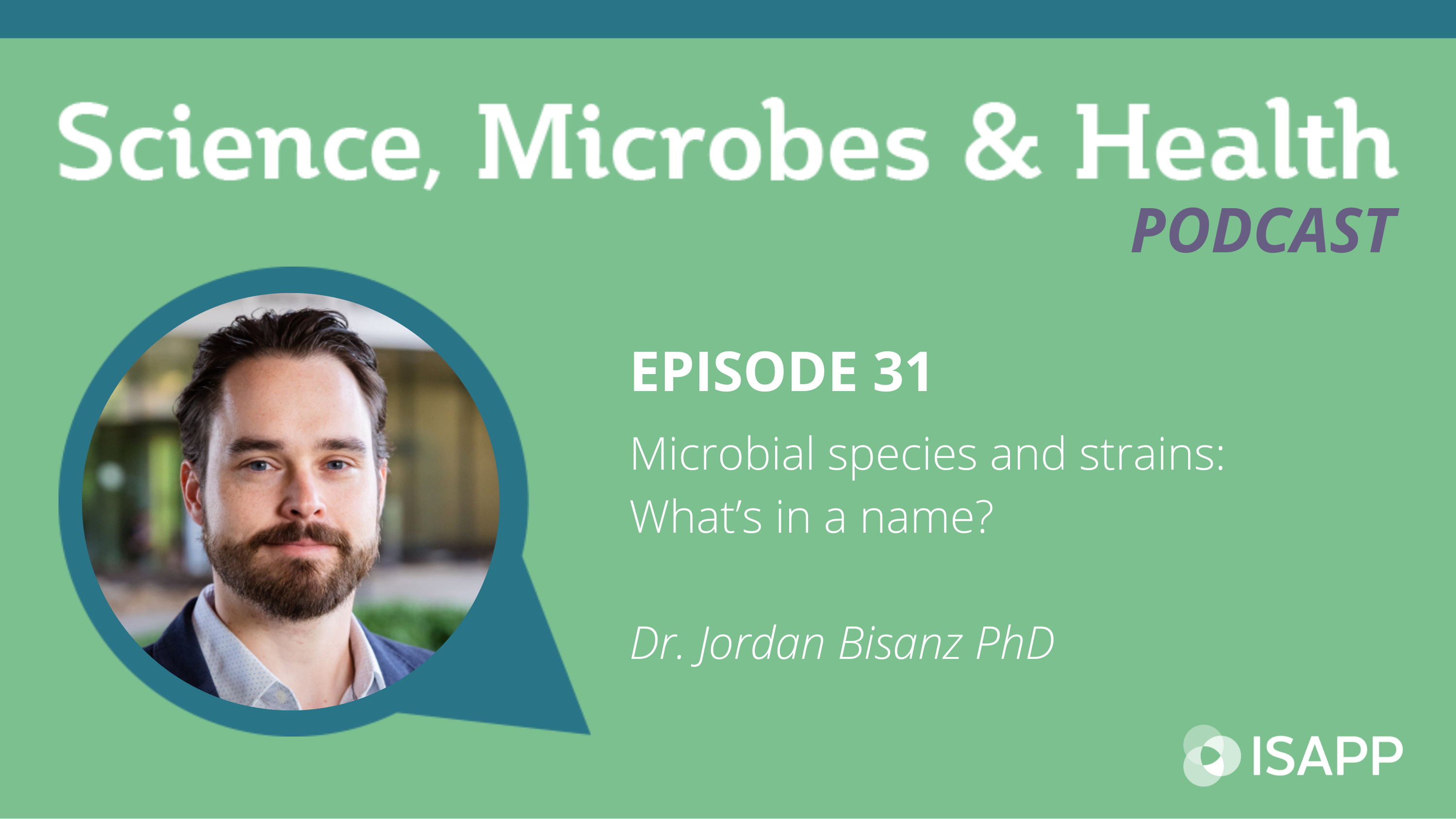
Podcast: Play in new window | Download
Subscribe: Apple Podcasts | Spotify | RSS
The Science, Microbes & Health Podcast
This podcast covers emerging topics and challenges in the science of probiotics, prebiotics, synbiotics, postbiotics and fermented foods. This is the podcast of The International Scientific Association for Probiotics and Prebiotics (ISAPP), a nonprofit scientific organization dedicated to advancing the science of these fields.
Microbial species and strains: What’s in a name? with Dr. Jordan Bisanz PhD
Episode summary:
In this episode, the ISAPP podcast hosts speak with Dr. Jordan Bisanz PhD, Assistant Professor of Biochemistry and Molecular Biology at Penn State University in State College, USA. They discuss how to define a bacterial strain, the diversity of strains within a species, and how genetic differences correspond with functional differences. They also talk about manipulating microbial communities for insights about health and disease.
Key topics from this episode:
- Dr. Bisanz says just because strains within a species are genetically related doesn’t mean they do the same things. Bacteria gain and lose genes rapidly, but we don’t yet know what a lot of those genes do.
- Natural variation in strains can be used as a tool to find out the functions of genes.
- Metagenomics illuminates strain-level differences, but that assumes we know what makes a strain. There’s no single accepted definition of a strain.
- Knowing the mechanisms behind the effects of a strain on a host is important for predicting if closely related strains will have the same effect.
- Moving forward, it could be useful to have functional information to go along with strains and their taxonomic descriptors.
- Dr. Bisanz’s lab tests experimentally how microbial genes are gained and lost in vivo, both through wetlab experiments and computational approaches.
- Experiments on strains are essential – for example, two strains with differences in 1000 SNPs might be functionally the same, while differences in 2-3 key SNPs might make a big difference.
- When testing probiotic effects, you may be testing something derived from the original microbial genome but not identical. How can this be managed in industry? Understanding the mechanisms is important, strains that function similarly can qualify as the same strain.
- A microbiome involves multiple microbes working together, acting differently from all the strains in isolation.
- Dr. Bisanz studies tractable microbial communities: find the microorganisms that are different in a disease state compared to a healthy state, and create a synthetic community of the microbes that are absent. What are the functions of this community?
- The challenge is that microbiologists need to be able to manipulate the microbes but cannot do this in a whole human fecal sample.
- Is gut microbiome sequencing useful? At the level of individual, it may not provide value. But putting the data all together, in the future it may provide interesting information. The challenge with interpretation is that the microbiome is driving, but also responding to, dietary inputs.
- In the microbiome field, gnotobiotic models (using humanized mice) need to be taken a step further than they currently go – specifying not only which microbes established in the host, but also how they could plausibly affect the mechanism.
Episode abbreviations and links:
- Review on strain diversity co-authored by Dr. Bisanz: Challenges and opportunities of strain diversity in gut microbiome research
- Computational and experimental resources for mapping phenotypes to genes: A Genomic Toolkit for the Mechanistic Dissection of Intractable Human Gut Bacteria
- Example of mechanistic insights: Human gut bacteria produce ΤΗ17-modulating bile acid metabolites
- Research highlight on complex synthetic microbial communities: Making gut microbiomes from scratch
- Description of a defined complex microbial community: Design, construction, and in vivo augmentation of a complex gut microbiome
Additional resources:
- What is a strain in microbiology and why does it matter? ISAPP blog post by Prof. Colin Hill PhD
About Dr. Jordan Bisanz PhD:
Jordan Bisanz is an assistant professor of Biochemistry and Molecular Biology at the Pennsylvania State University and the One Health Microbiome Center. The Bisanz lab combines computational analyses and wet lab experimentation to understand how gut microbes interact with each other and their host. The lab specializes in coupling human intervention studies with multi ‘omics approaches and gnotobiotic models to understand how host-microbe interactions shape health generating both mechanistic insights and translational targets.


